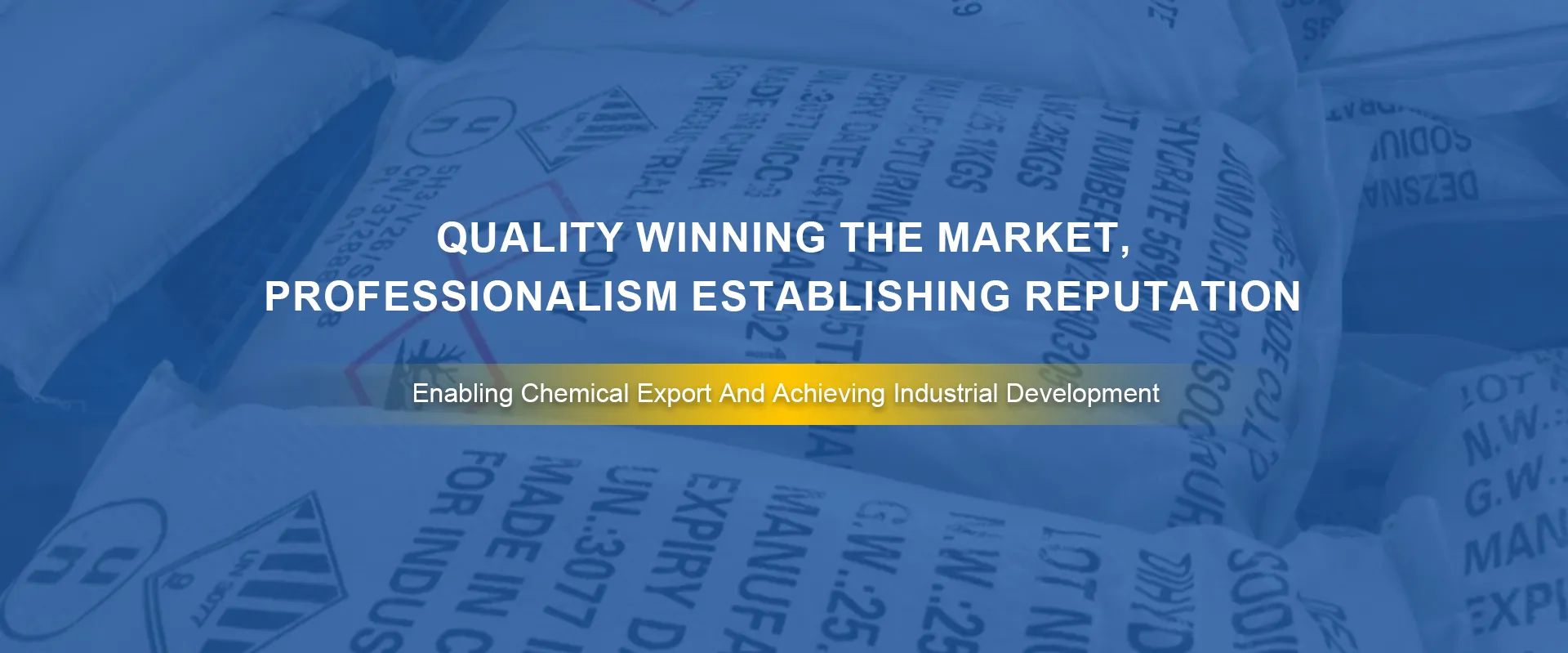
Exploring the Role of Additives in Meat Production and Preservation Techniques
Understanding Meat Additives Their Role and Impact
In the world of food production, meat additives have become a point of discussion and concern among consumers, health professionals, and regulatory bodies alike. As meat processing techniques have evolved, so too have the methods used to enhance, preserve, and improve the quality of meat products. This article delves into the various types of meat additives, their purposes, potential health implications, and the ongoing debates surrounding their use.
Types of Meat Additives
Meat additives can be classified into several categories based on their functions
1. Preservatives These are chemicals used to prolong the shelf life of meat products by inhibiting spoilage and preventing microbial growth. Common preservatives include nitrates and nitrites, which are often used in processed meats like bacon, ham, and sausages. While these additives can prevent botulism and enhance the pink color of cured meats, there are concerns about their potential link to certain cancers when consumed in large quantities.
2. Flavor Enhancers Ingredients like monosodium glutamate (MSG) and hydrolyzed vegetable protein are often added to enhance the flavor of meat products. These additives can make processed meats taste more savory and appealing. However, some individuals may experience sensitivity to MSG, leading to symptoms like headaches and nausea.
3. Color Fixatives To improve the visual appeal of meat, color fixatives are added. These include compounds such as sodium erythorbate and ascorbic acid, which help maintain a desirable color in meats during storage. While aesthetically beneficial, the safety of these additives is sometimes questioned, particularly in relation to long-term consumption.
4. Texturizers Ingredients such as phosphates and hydrocolloids are used to improve the texture and mouthfeel of meat products. Phosphates can help retain moisture and improve juiciness, while hydrocolloids like carrageenan can provide a desired firmness. However, excessive phosphate intake has been linked to potential health risks, particularly in individuals with kidney disease.
Health Implications
meat additives

The health implications of meat additives are complex and varied
. While many additives are deemed safe by food safety authorities when used within regulated limits, there remains a growing body of evidence suggesting that regular consumption of processed meats may be associated with various health issues, including cardiovascular disease, obesity, and certain types of cancer.Public health organizations such as the World Health Organization (WHO) have classified processed meats as a Group 1 carcinogen, indicating that there is sufficient evidence to link them to cancer in humans. This classification highlights the need for consumers to be aware of the ingredients in their food products and to make informed choices about their diet.
Consumer Awareness and Regulation
In response to rising health concerns, there has been a push for greater transparency in food labeling. Many consumers are now seeking products that are free from artificial additives and preservatives, opting for organic or minimally processed meats. As a result, the meat industry is adapting to these preferences by introducing cleaner-label products that emphasize natural ingredients.
Governments and regulatory bodies are also taking steps to monitor and regulate the use of meat additives. In the United States, the Food and Drug Administration (FDA) and the United States Department of Agriculture (USDA) play crucial roles in overseeing the safety of food additives. In Europe, the European Food Safety Authority (EFSA) evaluates the safety of food additives before they can be approved for use.
The Future of Meat Additives
As research continues to evolve, the future of meat additives may shift toward more natural alternatives. Innovations in food science may lead to the development of natural preservatives and flavor enhancers derived from plant-based sources, which could provide safer alternatives without compromising the quality or safety of meat products.
In conclusion, meat additives play a significant role in the processing of meat, enhancing flavor, preserving freshness, and improving texture. However, the health implications of consuming these additives cannot be overlooked. As consumers become more health-conscious, the demand for transparency and cleaner labeling practices will likely shape the future of meat production. Understanding meat additives and making informed dietary choices is crucial for maintaining long-term health and well-being.
-
Pure Sodium Dichloroisocyanurate Dihydrate | Powerful DisinfectantNewsAug.29,2025
-
Industrial Chemicals: Quality & Purity for Every IndustryNewsAug.28,2025
-
Nitrile Rubber Honoring Strict Production StandardsNewsAug.22,2025
-
Aspartame Ingredients Honoring Food Safety ValuesNewsAug.22,2025
-
Fertilizer for Balanced Plant NutritionNewsAug.22,2025
-
Cyanide Gold Processing with High Purity AdditivesNewsAug.22,2025
-
Formic Acid in Textile Dyeing ApplicationsNewsAug.22,2025
Hebei Tenger Chemical Technology Co., Ltd. focuses on the chemical industry and is committed to the export service of chemical raw materials.
-

view more DiethanolisopropanolamineIn the ever-growing field of chemical solutions, diethanolisopropanolamine (DEIPA) stands out as a versatile and important compound. Due to its unique chemical structure and properties, DEIPA is of interest to various industries including construction, personal care, and agriculture. -

view more TriisopropanolamineTriisopropanolamine (TIPA) alkanol amine substance, is a kind of alcohol amine compound with amino and alcohol hydroxyl, and because of its molecules contains both amino and hydroxyl. -

view more Tetramethyl Thiuram DisulfideTetramethyl thiuram disulfide, also known as TMTD, is a white to light-yellow powder with a distinct sulfur-like odor. It is soluble in organic solvents such as benzene, acetone, and ethyl acetate, making it highly versatile for use in different formulations. TMTD is known for its excellent vulcanization acceleration properties, which makes it a key ingredient in the production of rubber products. Additionally, it acts as an effective fungicide and bactericide, making it valuable in agricultural applications. Its high purity and stability ensure consistent performance, making it a preferred choice for manufacturers across various industries.





